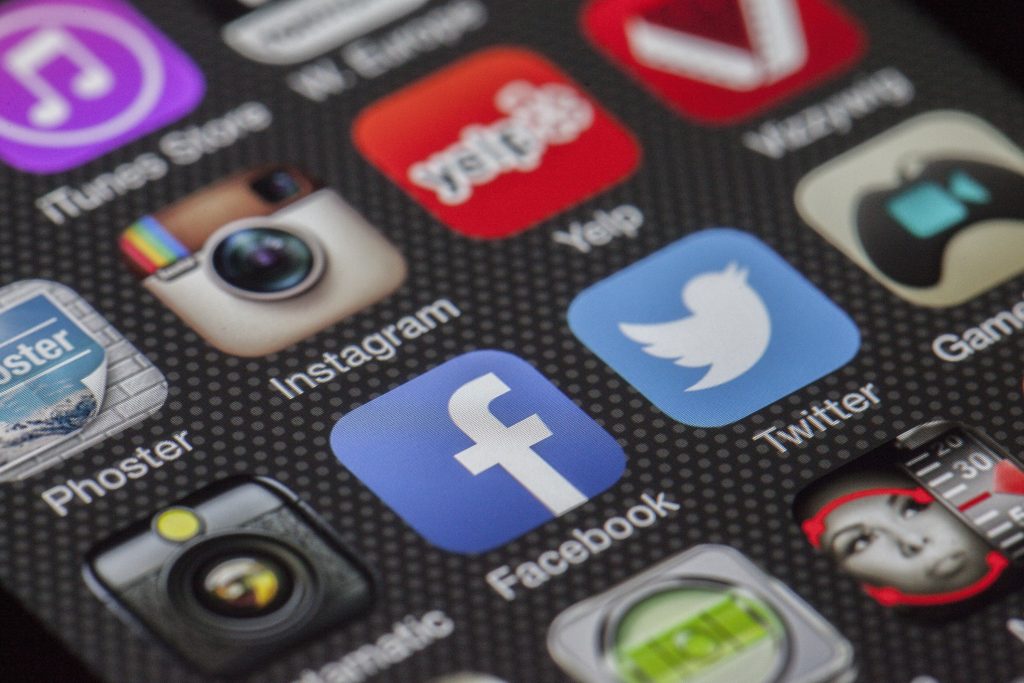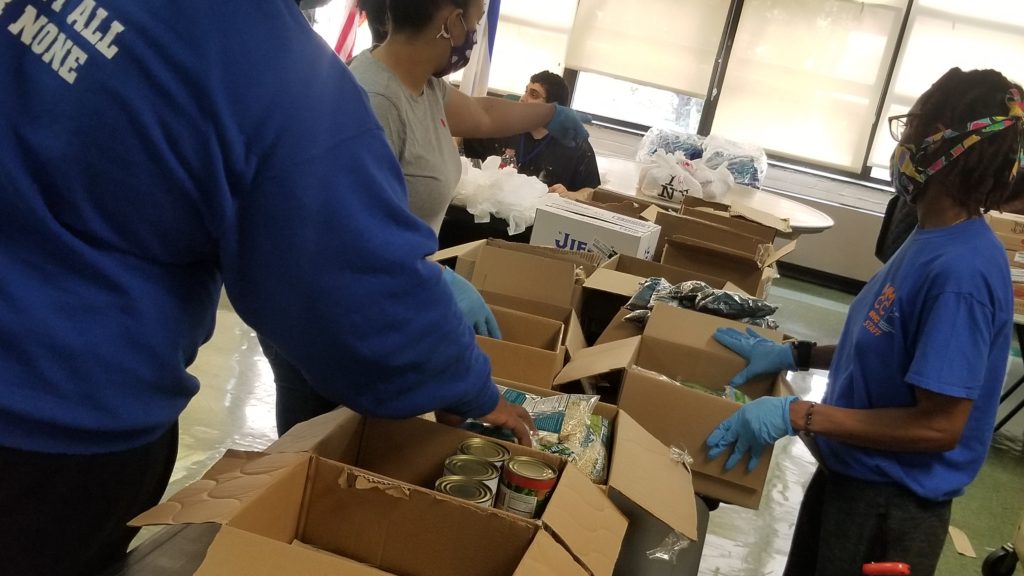
By Wayne Brown / WOW Creative Group
Premiering fifty years ago this month, The Godfather is one of those rare movies that reached the pinnacle of entertainment and storytelling. It gave us a tale about a man who wants to preserve his family business amid competition, loyalty, sibling rivalry, cannoli, and a dead horse. It won Academy Awards for Best Picture, Best Actor, and Best Screenplay. Two years later, The Godfather Part II would win six Oscars, including Best Picture. To this day, it is still a revenue-generating franchise with quotable dialogue that has been ingrained into our culture. Like a lot of Godfather fans, I’ve seen the films so many times over the years that I can lip-sync them. I’ve also come to understand that “it’s not personal, it’s just business” can apply to anyone in business or at home when it comes to the art of negotiating.
Listen to what others are saying
Don Corleone was a man of reason. His objective to achieve desired outcomes was to use diplomacy first. When that failed, he resorted to breaking a few bones or decapitating a horse. He was a man who didn’t take “no” for answer. However, as a business manager, we know crime doesn’t pay when negotiation skills are needed. To be a good negotiator, one has to understand that you won’t always get what you want because negotiating actually involves another party 100% of the time. In the business world, negotiations begin with each side listening to the other. On the domestic side, one person may walk away kicking and screaming (this may happen in business, too). When it comes to point where neither side will give in, the best approach is to ask for another meeting, allowing both parties an opportunity to rethink their strategies (and cool down, if necessary).
Do your homework
Once you’re back at the table and have done your homework, try to find a common ground where both parties agree to overlap on the issues at hand. This way both parties get what they want and neither walks away with their tails between their legs achieving nothing. In the Corleone world, losing a negotiation is a sign of weakness, which can have very negative consequences. There is also the strategy of using concessions that can play a significant role with the outcome of the negotiation. In this case, you have to be prepared to give the other party something they want. In The Godfather, after a failed sitdown led to a mob war, Don Corleone asks for a second sitdown with the bosses of all the other families and realizes it’s time for his family to assimilate into a new era where lucrative opportunities involve drugs, something he is totally against. In order to end the bloodshed and bring his son back to the United States, he agrees to a concession that involves having his political connections look the other way when it comes to drug trafficking, thus, ending the mob war. In the end, we can speculate that drugs will destroy the other families, as the Corleone family sought legitimate income with the purchase of casinos in Las Vegas.
As a marketing and advertising consultant, I have to negotiate with clients and media vendors every day. I also have to negotiate with media vendors on behalf of my clients every day. That’s a lot of negotiating. When we present a campaign, there is a strategy and statistical analyses behind it to justify spending the $5,000 or $25,000 we recommend. Sometimes the client won’t budge, so we go back to the media vendor and negotiate on price and advertisements, using concessions that benefit both parties.
Practice your skills
Negotiating takes practice. Asking for a raise, for example, may be nerve-wracking. You ask… your boss says ‘no,” and you walk away with your head down. It doesn’t have to be that way. Do your research. Find out what the salary range is for positions like yours and consider how your company is doing financially. Prepare a presentation of the skills and successes you achieved with your company. Then schedule another meeting and make your presentation. If the answer is still “no,” consider the use of concessions, such as a hitting a sales goal within a specified amount of time or scheduling a review after 6 months instead of a year, and renegotiating. The more you practice and prepare, the more persuasive and respected you will become in both your professional and personal life. In the end, no one wants to be on the losing side of a negotiation. “Make him an offer he can’t refuse,” but do so in a way that doesn’t involve breaking legs.





